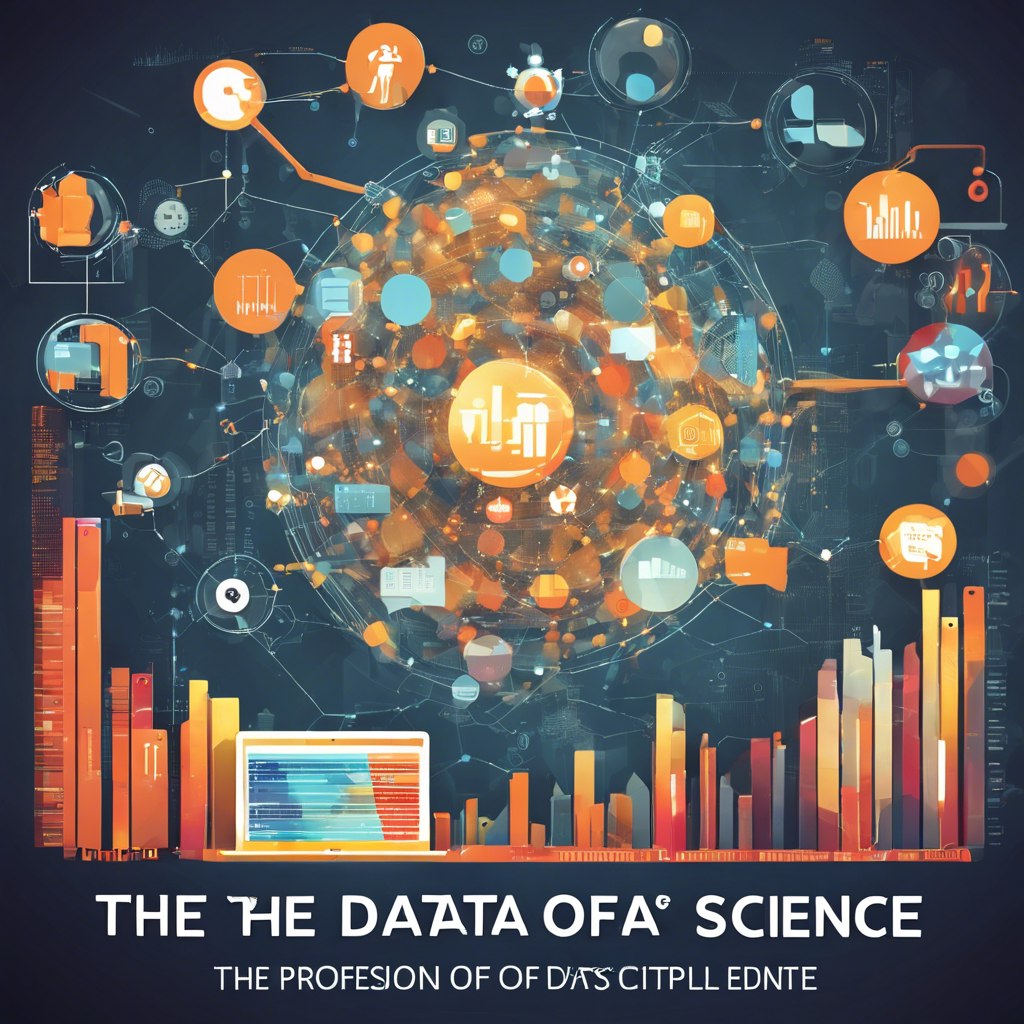How data scientists can leverage ChatGPT to streamline and enhance their work
Data science is a field that constantly evolves, driven by the influx of data and the need to solve complex problems. In recent times, one solution that has gained significant attention is ChatGPT, a powerful language model developed by OpenAI. With its remarkable natural language understanding and generation capabilities, ChatGPT has the potential to revolutionize data science workflows. In this article, we will explore the skills data scientists can learn to make the most of ChatGPT’s prowess.
ChatGPT in Data Science Workflows:
ChatGPT can serve as a versatile assistant for data scientists, capable of generating code, explanations, and insights. Its effective use in data science workflows and code debugging can significantly enhance productivity and efficiency. By employing iterative and experimental prompting techniques, data scientists can extract more accurate and insightful responses from ChatGPT.
Mastering Prompting Techniques:
To effectively prompt ChatGPT, data scientists can employ various techniques. Iterative prompts involve crafting prompts that build upon previous responses, creating a conversational flow. Experimental prompts allow data scientists to experiment with prompts of varying guidelines, ensuring that ChatGPT does not assume missing information. Zero-shot and few-shot learning techniques enable the model to respond even without seeing any examples, or after being provided with a few examples.
Prompting ChatGPT for Coding and Debugging:
Data scientists can streamline their code review workflows by prompting ChatGPT to adhere to coding standards and effectively debug code. Chain-of-thought (CoT) prompts can be used to improve code quality by explicitly outlining the reasoning process. ChatGPT can also explain and simplify complex code, making it more readable and understandable.
Optimizing Code:
ChatGPT can assist data scientists in writing efficient code and exploring alternative solutions. By developing effective CoT prompts, data scientists can propose efficient alternative code along with an explanation. ChatGPT can also be prompted to design practical tests and assertions, ensuring the correctness of the code.
Prompt Engineering for Data Analysis:
In data analysis, ChatGPT can generate SQL queries, translate and manipulate data between different formats and languages, and assist in data transformation and reshaping tasks. By employing zero-shot and few-shot prompting techniques, data scientists can extract valuable insights and manipulate data effectively.
Prompting for Machine Learning and Storytelling:
ChatGPT can be utilized for data preprocessing, data visualization, feature engineering, and reporting for non-technical audiences. It can help identify missing fields, determine outliers, generate code for creating plots and graphs, and generate meaningful features for machine learning models. Additionally, ChatGPT can tailor communication for non-technical stakeholders, explaining data science insights in a language they understand.
Conclusion:
ChatGPT has the potential to revolutionize data science workflows, enabling data scientists to streamline and enhance their work. By mastering the art of effective prompting, data scientists can leverage ChatGPT’s prowess to generate code, gain insights, and communicate complex concepts. As the field of data science continues to evolve, ChatGPT presents an exciting opportunity for data scientists to push the boundaries of what is possible.











